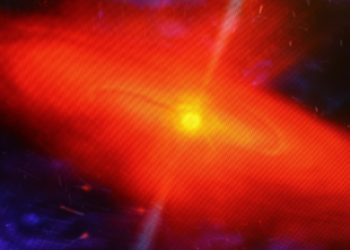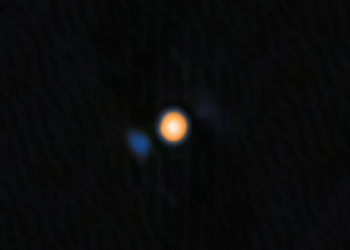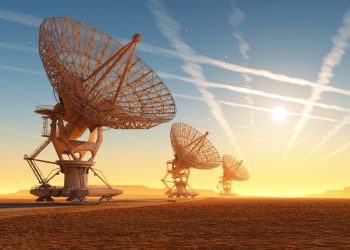Top line
The Northern Lights could be visible Sunday evening from several states along the Canada-U.S. border, National Oceanic and Atmospheric Administration forecasters said, as Earth could see the effects of minor geomagnetic storms.
Solar winds escaping from cooler regions of the sun could impact the northern lights on Sunday evening.
Anadolu via Getty Images
Key facts
NOAA forecasters predict a Kp index of four out of nine Sunday evening, meaning the aurora could appear “brighter” farther from the poles, with more “movements and formations.”
Earth could also experience the effects of minor geomagnetic storms overnight Sunday, forecasters said, caused by the effects of high-speed currents from coronal holes on the Sun.
The line of sight on the aurora on October 12.
NOAA
What are coronal holes?
Coronal holes are large regions of the Sun that appear darker in photographs taken by astronomers. According to NOAA, these regions appear darker because they are relatively colder and less dense with open magnetic fields that allow high-speed solar winds to escape. When these solar winds interact with the Earth’s magnetic field, they cause geomagnetic storms. These storms are measured on a scale of one to five, and the storms expected Sunday evening are only G1 on the scale. However, even mild storms like these can impact power grids and satellites. They can also make the Northern Lights more visible further south in the continental United States.
Where will the Northern Lights be visible?
The aurora could be visible from several states along the Canada-U.S. border, including parts of Washington, Idaho, Montana, North Dakota and South Dakota. Much of the upper Midwest is also in Sunday’s line of sight, including most of Minnesota, northern Wisconsin and northern Michigan. On the East Coast, the aurora could also be visible from parts of northern Maine. The lights could also be visible from much of Alaska.
What is the best way to see the aurora?
NOAA experts recommend that viewers head north toward Earth’s magnetic north pole, located in northern Canada. Spectators should try to find a vantage point with a clear view to the north, ideally away from city lights. The aurora tends to be most active just before and after midnight, so viewers should try to make their trip between 10 p.m. and 2 a.m.
What is the best way to photograph the aurora?
Photography experts told National Geographic that they recommend using a camera with a wide-angle lens or any lens compatible with low light and an aperture of 4.0 or less. Smartphone cameras are also capable of capturing the Northern Lights, but remember to turn off the flash and switch to night mode. Whether using a camera or smartphone, experts recommend photographers bring a tripod to stabilize the device.









